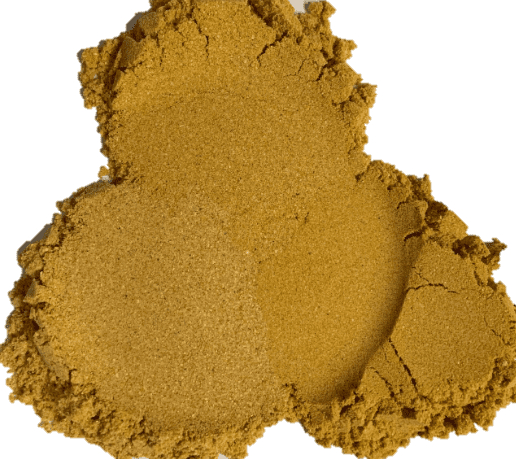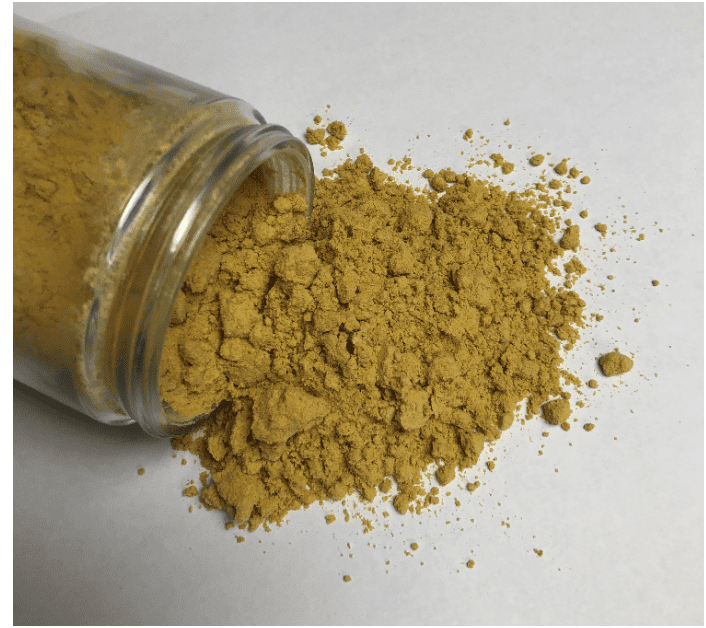భాషా ఎంచుకోండి:
ST సామగ్రి & టెక్నాలజీ (STET) water-free separation technology group recently completed pilot scale protein enrichment testing on dry distillers grains with solubles (డిడిజిఎస్), resulting in an +15% increase in absolute protein content of the distillers grain by separation of protein and fiber. This process offers ethanol producers, or feed ingredient users, a revolutionary method of generating a 50% protein DDGS co-product. The premium high-protein product can be used in monogastric feed applications at high substitution ratios and, therefore, can be sold at a premium.
The operating principle of the STET separator is electrostatic separation. Electrostatics has a large number of real-world industrial applications. Perhaps the most relatable example of electrostatic phenomena is the effect of rubbing a balloon on a person’s hair. As the balloon, made of rubber, comes into contact with human hair, the rubber balloon removes electrons from the hair. The reason for this is due to the high electronegativity (అంటే., ఎలక్ట్రాన్ల పట్ల అనుబంధం) of rubber. The result is the balloon is left with a net negative charge due to extra electrons, and your hair has a positive charge.
అవును, like charges repel each other, your hair stands up on end to maximize the distance between other, positively charged strands of hair. డిడిజిఎస్ విషయంలో, ప్రోటీన్, and fiber acquire opposite electrical charges upon contact with each other – allowing them to be separated from each other in the high-strength electric field of the STET separator.
ST సామగ్రి & Technology offers a method to differentiate ethanol-produced distillers grain by increasing the protein content and thus the value of the distillers grain as a feed ingredient. By processing with the STET separator, the protein content of the DDGS is increased by up to 15% absolute by removing fiber. The benefit of this process is that the protein-rich (50% ప్రోటీన్) DDGS is usable as a higher-value feed ingredient and can be sold at a premium.
The STET స్థిరస్థిర విభజన process is completely dry, నీరు లేదా రసాయనాలు అవసరం లేదు. The STET separator operates continuously, has a high rate (వరకు 20 గంటకు టన్నుల), and consumes little energy (about 3-4 kWh / ton input material).

Benefits of the STET process for protein enhancement of DDGS:
Contact us today to learn how STET can help the profitability of your bioethanol process!

Dried distillers grains (DDGs) are a co-product of the ethanol production process and are predominantly made from corn. DDGs are created after the fermentation process where the starches in the grain have been fermented and distilled to produce ethanol. The remaining product, which contains proteins, fibers, oils, and other nutrients, is dried to reduce moisture, making it safer for storage and shipping. DDGs are widely used in livestock feed, providing a cost-effective and nutrient-rich supplement to animal diets.
Wet Distillers Grains (WDGs) and Dried Distillers Grains differ primarily in their moisture content. WDGs have a higher moisture content and are often used locally due to their perishable nature and higher transportation costs. వ్యత్యస్తంగా, DDGs have been dried to decrease moisture, making them more stable for long-term storage and long-distance transport. The drying process offers more flexibility in their usage and extends their shelf life significantly.
While distillers grains are a valuable feed ingredient, there are some limitations to consider. For instance, due to high fiber content, excessive inclusion in diets of monogastric animals (like pigs and poultry) can lead to digestive issues. అదనంగా, their higher fat content can result in storage and handling challenges, such as becoming rancid if not managed properly. Nutrient balance is also crucial as high phosphorus levels in distillers grains can necessitate additional adjustments to the feed diet to prevent mineral imbalances in animals.
Distillers grains are not intended for human consumption in their traditional form. They are specifically designed as animal feed due to their nutrient profile, which may not align with human dietary requirements. అదనంగా, the processing involved in ethanol production means DDGs contain residual elements that are not suitable for human consumption. అయితే, research is ongoing into extracting valuable nutrients from distillers grains that might be beneficial for human food products.
Distillers grains are rich in nutrients, particularly protein and fiber. They typically contain about 25-30% ప్రోటీన్, making them a highly efficient protein source for livestock. They also have significant levels of essential amino acids, vitamins, and minerals. The specific nutritional composition can vary depending on the grain source and processing methods used. This nutrient density makes them an excellent supplement to feed rations in livestock production, enhancing growth and productivity while offsetting traditional feed costs.